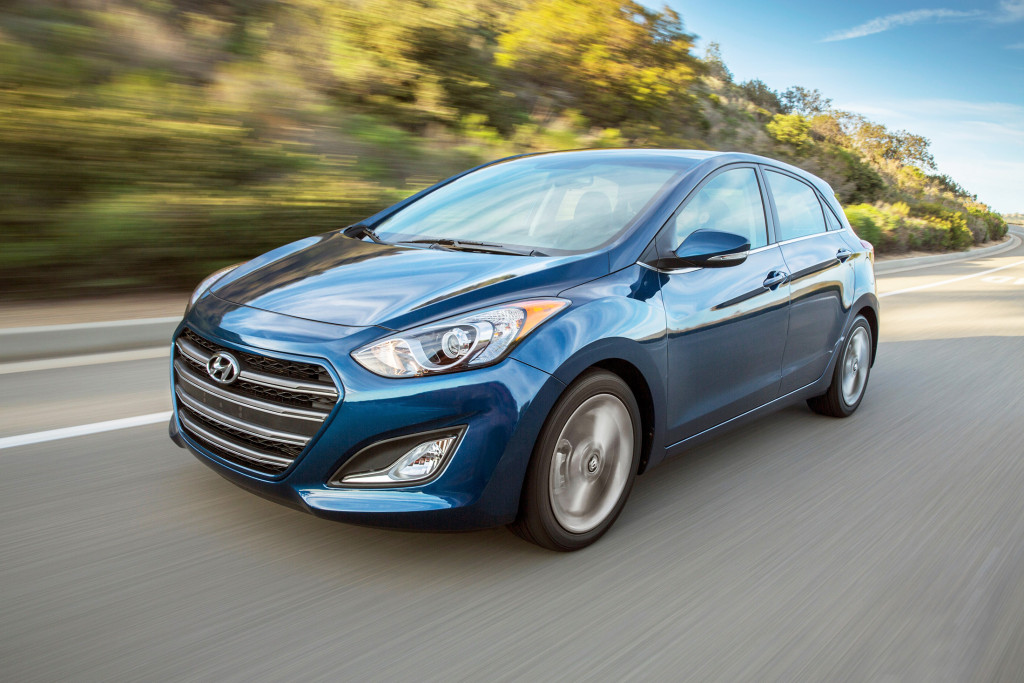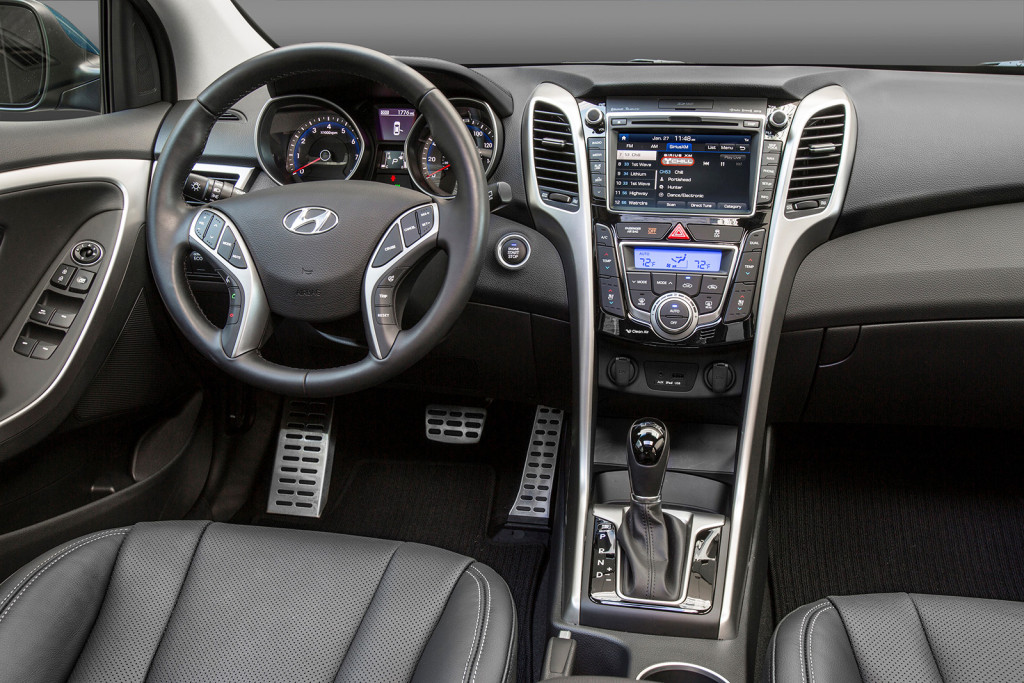Cargazing
By Derek Price
There was a time when driving a compact car — and particularly one from Korea — could have been a secret CIA torture method.
“Don’t want to tell us where Osama is hiding? Here, drive this hatchback for a while,” an agent might say. “It’ll get you to talk.”
I’ve been amazed, though, at just how much this category has transformed through the years, with Exhibit A as the Hyundai Elantra GT.
Yes, it’s a small Korean hatchback, which 20 years ago would have been automotive waterboarding. But today, with the quality of Kia and Hyundai turning the car world on its head, the sporty Elantra is as quiet, comfortable and solid as cars that cost considerably more.
Part of the about-face boils down to better competition. Fun-to-drive cars like the Mazda3 and Volkswagen Golf have created a market where bland products can’t survive, at least not for long.
To inject some flavor, the Elantra GT packs an easy-revving 2.0-liter engine that feels even more powerful than its 173-horse output would suggest, perhaps because of its fast response from the throttle and Hyundai’s focus on reducing the car’s weight.

New styling, including a rather assertive grille, keep the Elantra GT looking fresh for 2016. Pricing starts at $18,800.
That quick acceleration has a downside, though. This car makes more power but also burns more gas than many of its competitors, earning a mediocre EPA rating of 33 mpg on the highway and 24 in the city. A more efficient option, something more like Ford’s 1.0-liter turbo engine in the Fiesta, would be a nice choice for fuel misers.
Another big change in compact cars has come from buyers’ expectations. Two decades ago, the options available in small, affordable cars were rather limited — and the cynic in me says it was intentionally so. Car companies didn’t want to cannibalize sales of their more profitable mid- and full-size cars, so they weren’t willing to put the latest, most desirable features into their lowest priced models.
Today, though, things are much better in the compact world. The Elantra GT I tested had ventilated leather seats, a navigation system and a touchscreen interface that worked quickly and easily with my iPhone. It had an ionizer to clean the air in the cabin and an automatic defogger with a humidity sensor that can keep your windshield clear without you having to even press a button.
In other words, you can get it outfitted almost like a luxury car if you’d like, despite it’s nearly “entry level” positioning. Hyundai isn’t holding much back.

Hyundai upgraded the technology in the Elantra GT for 2016, including a next-generation navigation system and Apple Siri integration for iPhone users.
New styling on the front end keeps things interesting, and the hatchback layout gives it a nod to practicality that ordinary sedans can’t match with their traditional trunk spaces. Vehicles like this are starting to blur the lines between economy cars and subcompact crossovers: those tiny, SUV-looking things that are growing like kudzu on America’s highways.
It’s the overall sophistication of this car that makes it shine in my eyes. The Elantra GT has a hint of sportiness, mainly thanks to the extra dollop of power it plops onto the driver’s plate, but a compliant ride and surprisingly quiet cabin give it the comfort level of a bigger, pricier vehicle. It’s downright relaxing for long highway trips, which you can’t always say about cars in this class.
Pricing starts at $18,800, although my test vehicle — a car that felt like it was mistakenly issued with a Lexus option sheet — rang up closer to $27,000.
At a Glance
What was tested?
2016 Hyundai Elantra GT ($19,800). Options: Style package ($1,975), tech package ($3,950), carpeted floor mats ($125). Price as tested (including $825 destination charge): $26,675
Wheelbase: 104.3 in.
Length: 169.3 in.
Width: 70.1 in.
Height: 57.9 in.
Engine: 2.0-liter four-cylinder (173 hp, 154 lb.-ft.)
Transmission: Six-speed automatic
Mileage: 24 city, 33 highway
RATINGS
Style: 7
Performance: 8
Price: 10
Handling: 7
Ride: 7
Comfort: 6
Quality: 8
Overall: 8
Video Review:
2016 Hyundai Elantra GT
bit.ly/16elantragt
Why buy it?
It offers a surprising amount of power, sophistication and comfort for the money. A smooth ride and practical, well-built cabin make it feel like a bigger, pricier car.
